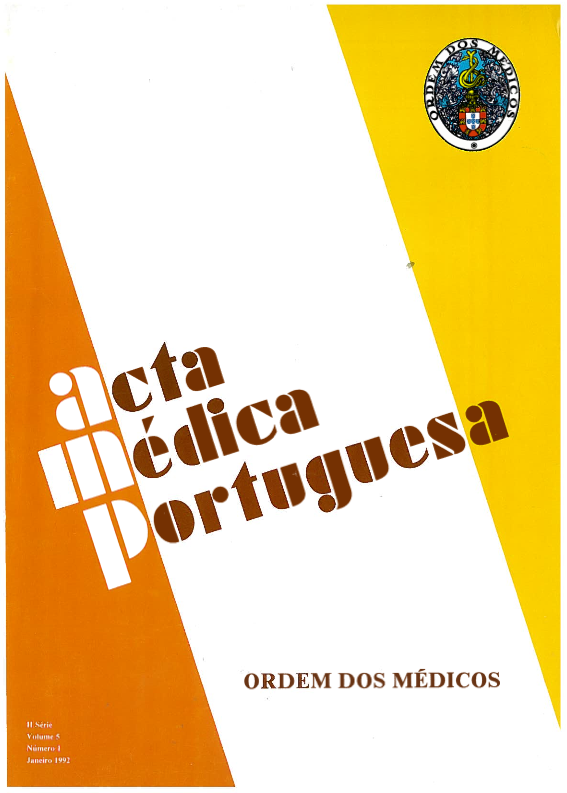Future developments in ocular fluorophotometry instrumentation.
DOI:
https://doi.org/10.20344/amp.3189Abstract
The scope of ocular fluorometry is to monitor exogenous and endogenous fluorophores in ocular tissues, in relation with ophthalmic and systemic diseases using the unique optical prospectives of the eye. The elderly population and the incidence of blindness are increasing rapidly due to more cases of diabetes, glaucoma, cataract and age-related macular degeneration. Monitoring changes in specific fluorophores in the eye may help identify the high risk groups in these diseases. New developments in instrumentation include differential fluorometry and introduction of confocal optics. Differential fluorometry has already achieved significant progress for the study of the autofluorescence of the lens and cornea and measurements in the aqueous. Improved spatial resolution obtained with improved optics opens interesting possibilities like measurement of corneal endothelial permeability and retinal vascular permeability. The results already obtained will be presented with particular incidence on measurements of lens fluorescence (normals--336.2 +/- 56.3; diabetes--659.9 +/- 123.9; age group--40-50 y) and corneal endothelial permeability (normals--3.14 +/- 60.10(-1) cm-1).Downloads
Downloads
How to Cite
Issue
Section
License
All the articles published in the AMP are open access and comply with the requirements of funding agencies or academic institutions. The AMP is governed by the terms of the Creative Commons ‘Attribution – Non-Commercial Use - (CC-BY-NC)’ license, regarding the use by third parties.
It is the author’s responsibility to obtain approval for the reproduction of figures, tables, etc. from other publications.
Upon acceptance of an article for publication, the authors will be asked to complete the ICMJE “Copyright Liability and Copyright Sharing Statement “(http://www.actamedicaportuguesa.com/info/AMP-NormasPublicacao.pdf) and the “Declaration of Potential Conflicts of Interest” (http:// www.icmje.org/conflicts-of-interest). An e-mail will be sent to the corresponding author to acknowledge receipt of the manuscript.
After publication, the authors are authorised to make their articles available in repositories of their institutions of origin, as long as they always mention where they were published and according to the Creative Commons license.









